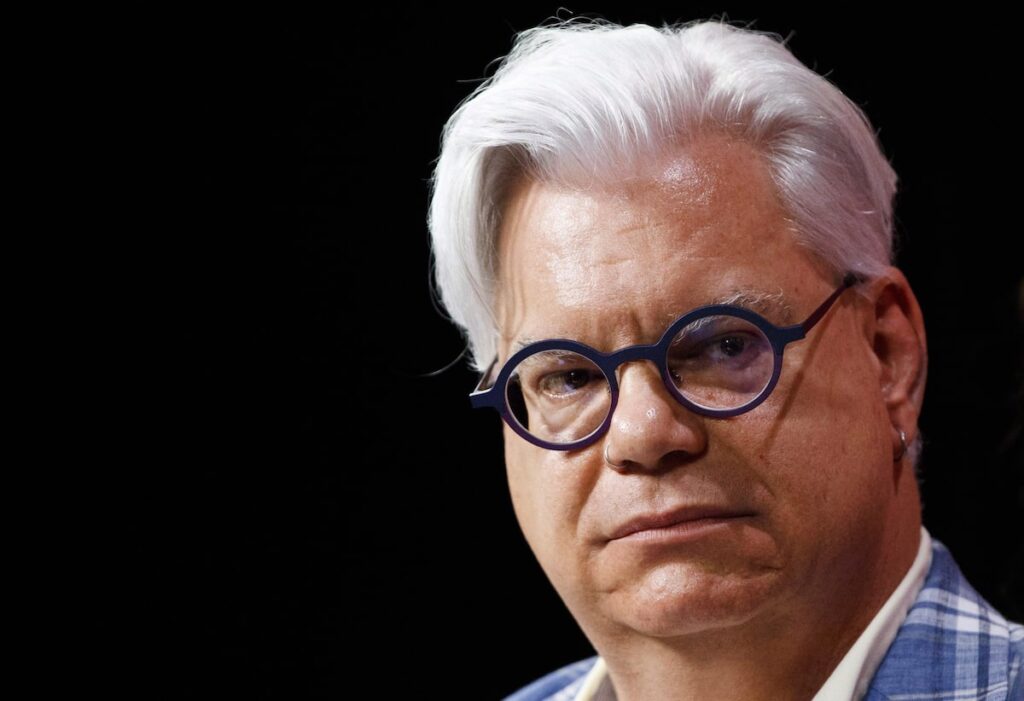Fred Hahn's tweets illustrate the transformation of Canada's union movement. The president of CUPE Ontario, the Ontario branch of the Canadian Union of Public Employees, has 280,000 members. very active user He is currently a member of the platform known as X. To promote the interests of members, he sends out messages multiple times in his day.
But if you've just read Das Kapital and arrived in a time machine, you'll be surprised at what he does with his digital soapbox.
He is not calling for higher wages, shorter working hours or better working conditions. His feed in recent weeks has been mainly devoted to other issues, especially his 2SLGBTQIA+ rights, and above all to the war in Gaza.
If you look at Norma Rae and understand what unions are for, this is very puzzling. However, the trade union movement of the past is not the trade union movement of the present. Society has changed, and so has the roster of who is in unions and who is not.
According to Statistics Canada, nearly 29 percent of Canadian workers belong to a union. That's down from 37.6 percent in 1981, but it's still a sizable share of the population. In contrast, only 10 percent of Americans belong to a union.
While the level of organization in Canadian unions may have declined only slightly over the past few generations, the composition of union membership has changed dramatically.
The public sector has been increasingly unionized for many years, and this trend has never been greater. In 2021, 74% of public sector workers were unionized, an increase of more than 4 percentage points since 1997.
However, union membership rates in the private sector are declining. The percentage of employees who belong to a union has halved since 1981, falling from 29.7% to just 15.2%.
When you hear the word “unionist,” don't imagine a bunch of guys in greasy overalls and helmets drinking beer after another hard day at the factory. The typical Canadian trade union member is now a woman, and although the unionized workforce is slightly more female than male, the public sector provides adequate benefits, pensions, and job security. , earn more than the average person in the private sector.
Like the progressive movement as a whole, the union movement has come to represent college-educated, white-collar people rather than the blue-collar or working class. Its views and sense of priorities reflect that.
If Mr. Hahn were the union leader in “The Pajama Game,” the 1954 musical about apparel workers fighting for a 7.5 percent wage increase, he probably wouldn't be tweeting nonstop about pulling out of Israel. . But that's not the world in which he and his union operate.
My point is not to criticize the working conditions or collective bargaining of public sector workers. On the contrary, I am troubled by the fact that Canadians with the least bargaining power – those with low education, low-wage jobs, and limited benefits and job security – tend to have the least protection. . If anyone needs old-fashioned union representation, it's them.
Nobel Prize-winning economist Angus Deaton recently wrote about a number of issues on which his views have evolved in the face of time and evidence. (As Lord Keynes said, “When the facts change, the mind changes. What will you do?'') One of his is trade unions.
“I have long viewed labor unions as a nuisance that impedes economic (and often personal) efficiency, and welcomed their gradual demise,” Deaton wrote. . “But today, in Washington, large corporations have so much power over working conditions, wages, and decision-making that labor unions now have little more say than corporate lobbyists. Their decline has raised wages for nonunion workers, made them an important part of social capital in many places, and given them political power in the workplace and in local, state, and federal governments. It contributes to a decline in market share, a widening gap between managers and workers, the destruction of communities, and the rise of populism.
I agree with his broader point, although the influence of corporate money on politicians is less of an issue in Canada due to campaign finance rules. The more protections those at the bottom of the labor market have, from collective bargaining to higher minimum wages, the better for them. It would also reduce inequality.
But the union movement, and the progressive movement as a whole, has become less and less concerned with class issues, the subject of Norma Rae, The Pajama Game, and Das Kapital. I can't help but notice this. It looks at its mission and the world through the lenses of race, gender, and anti-colonialism.



